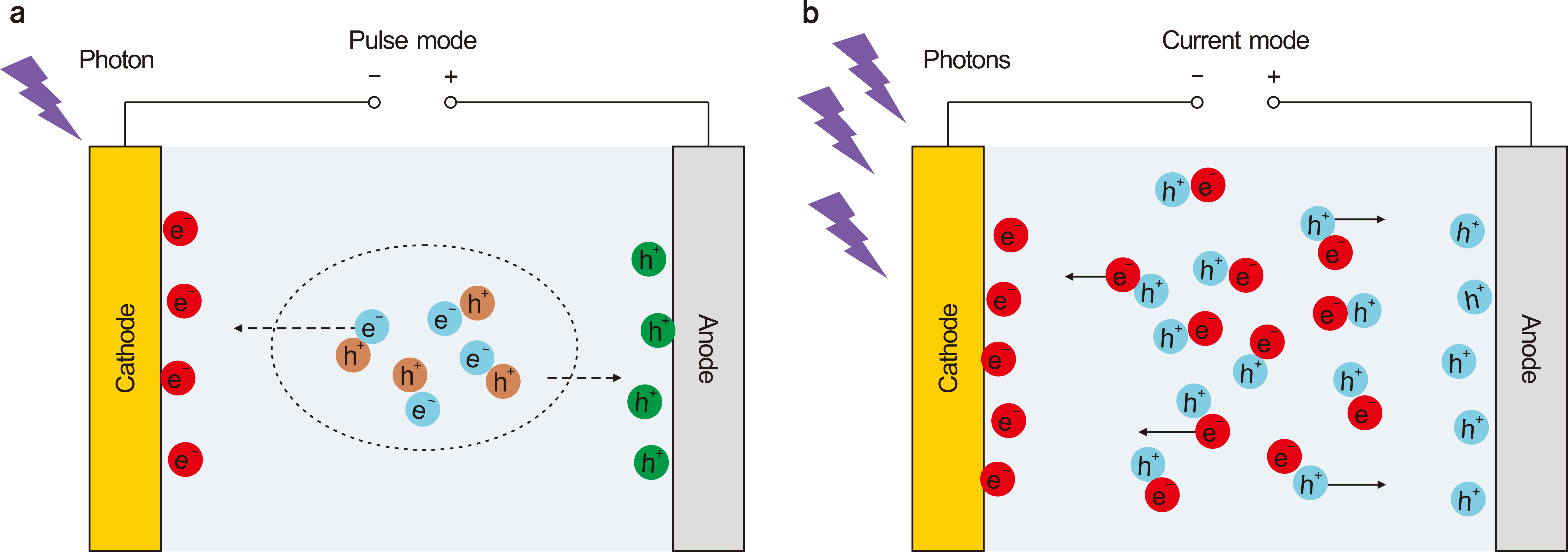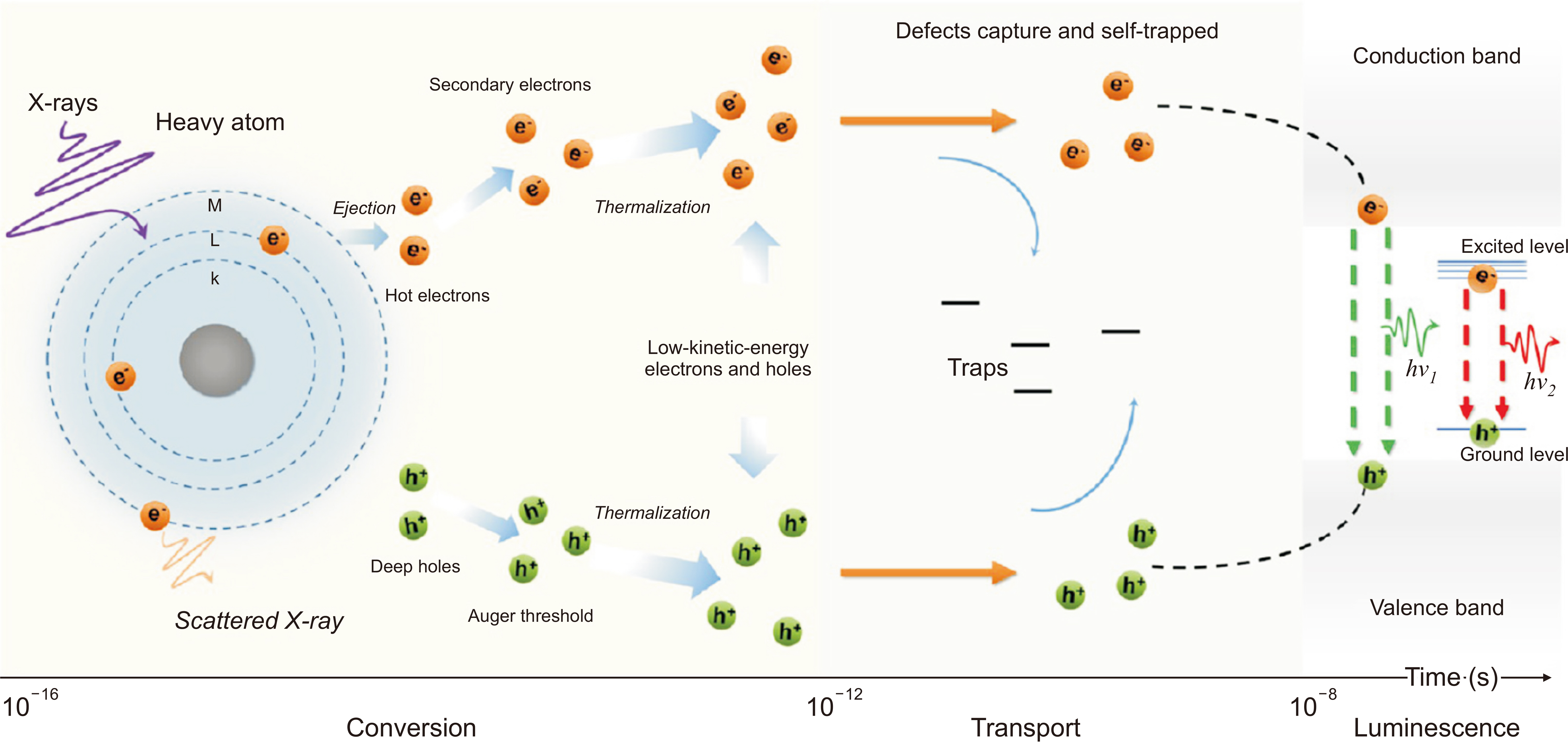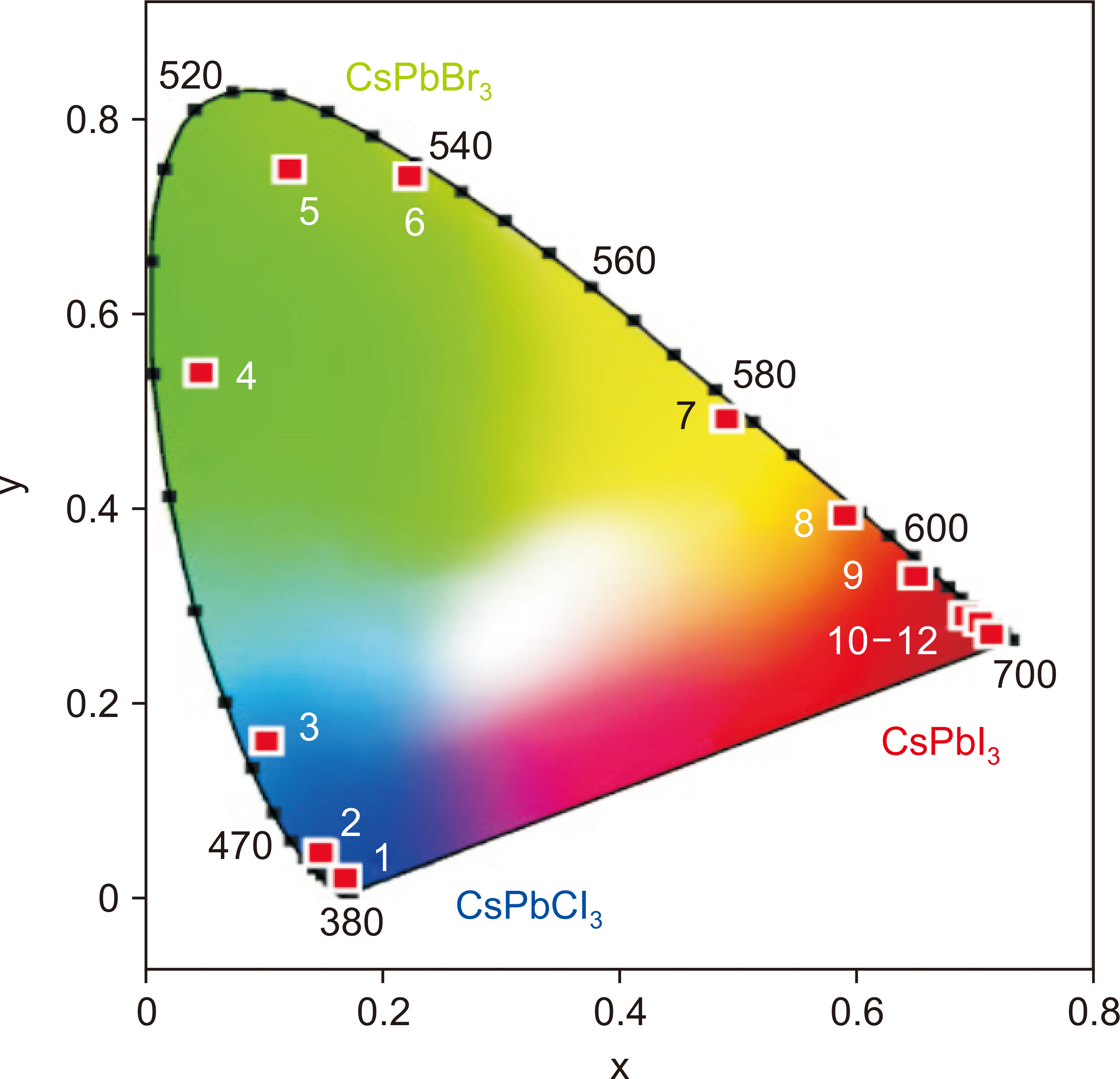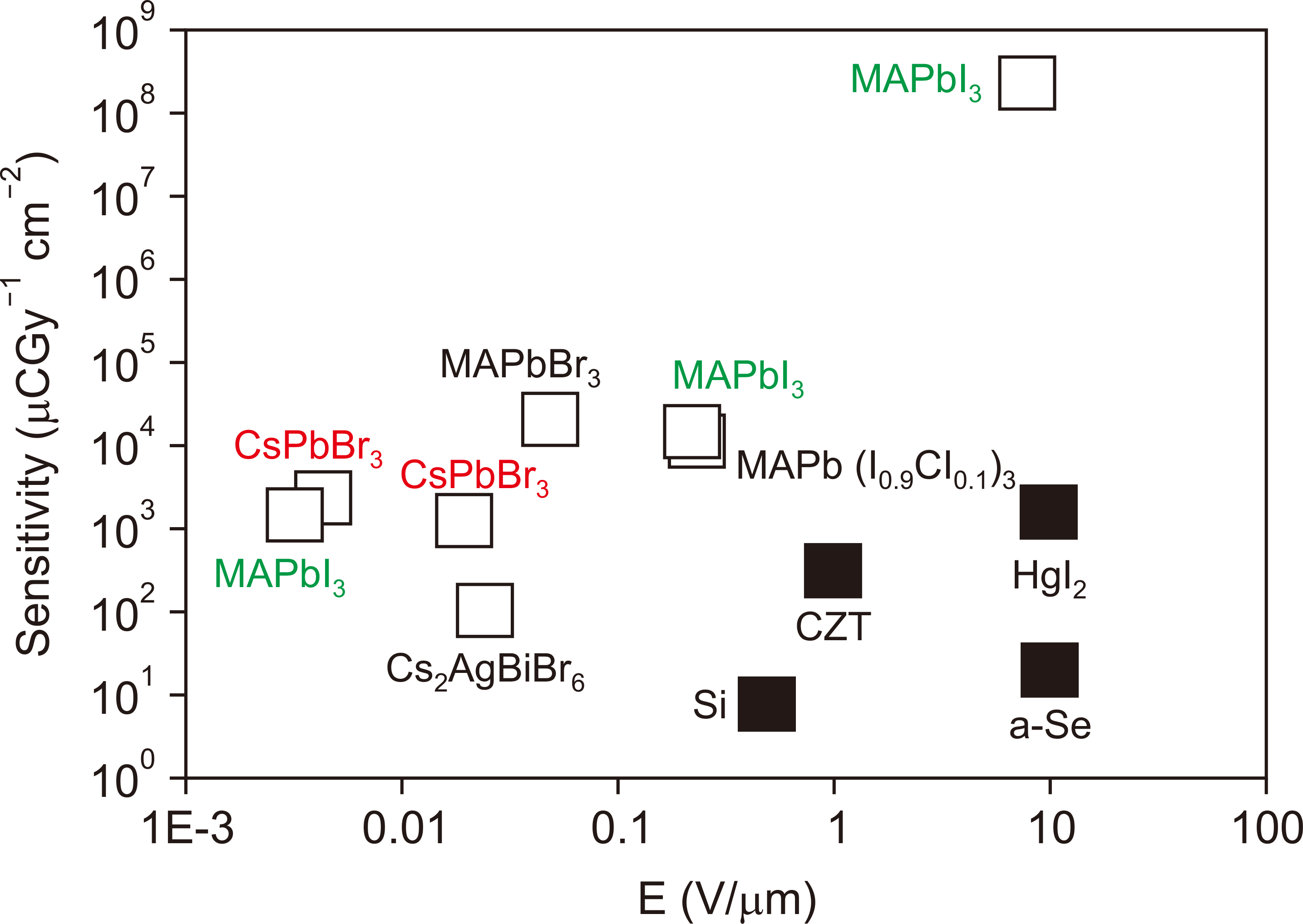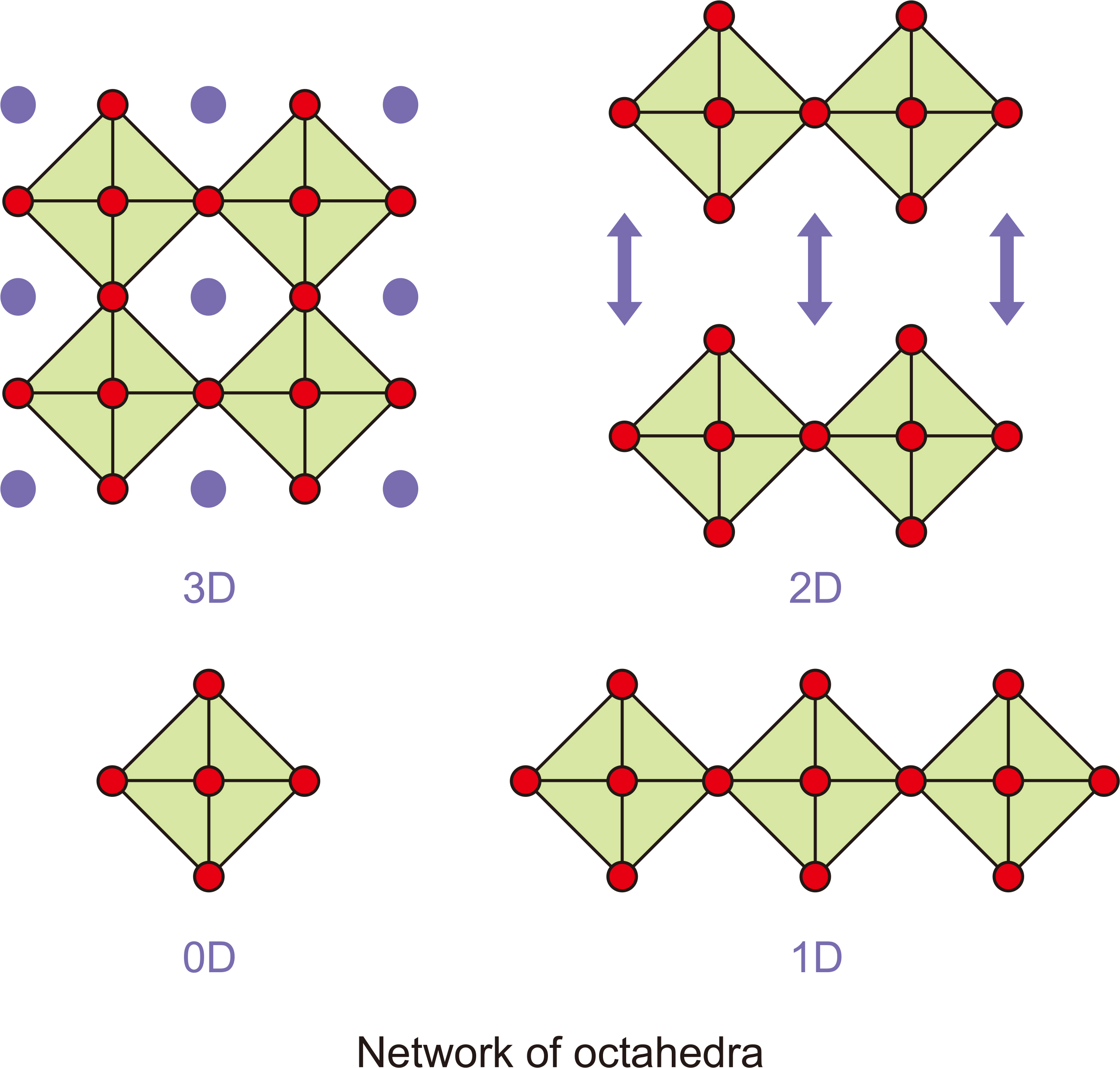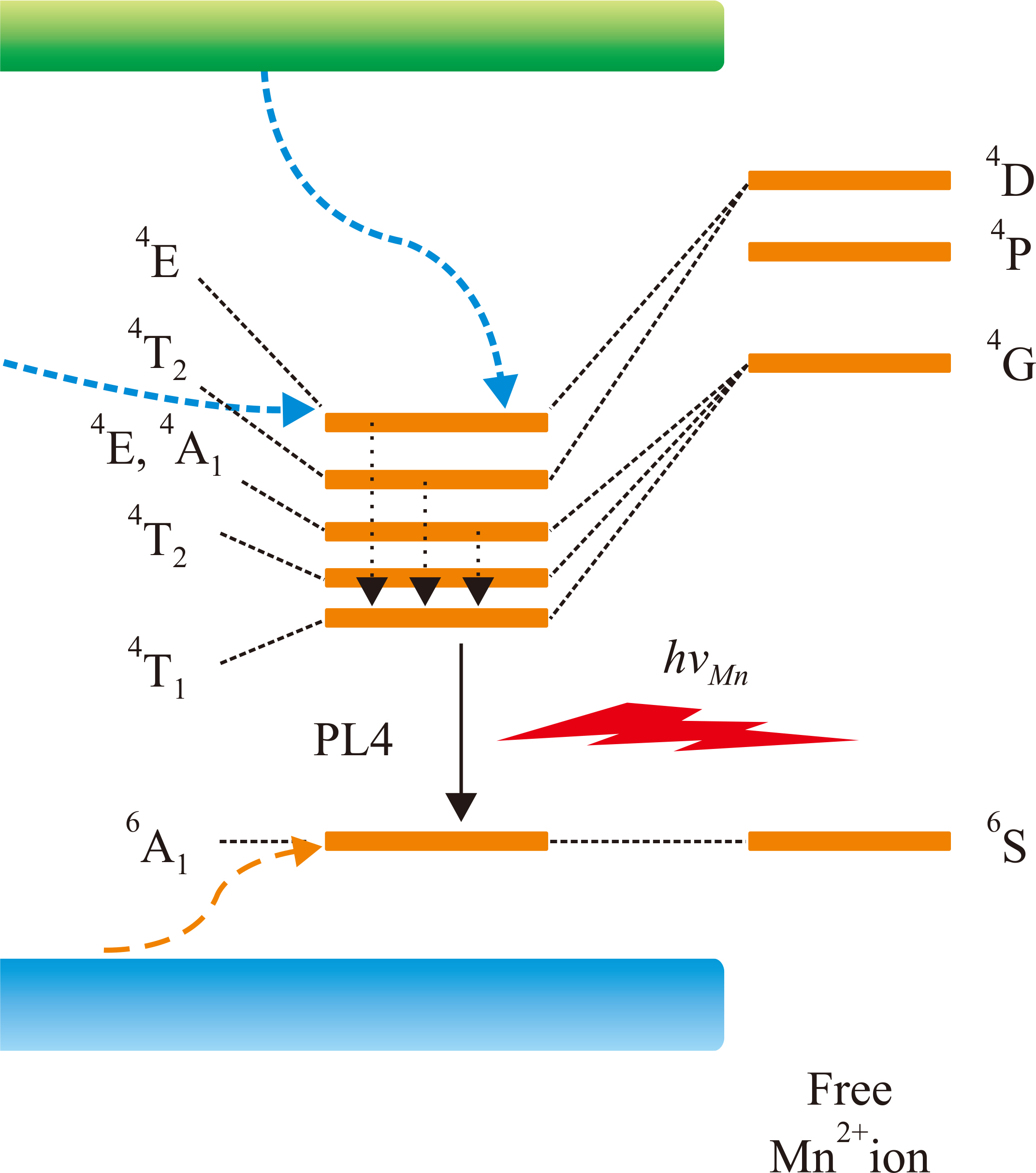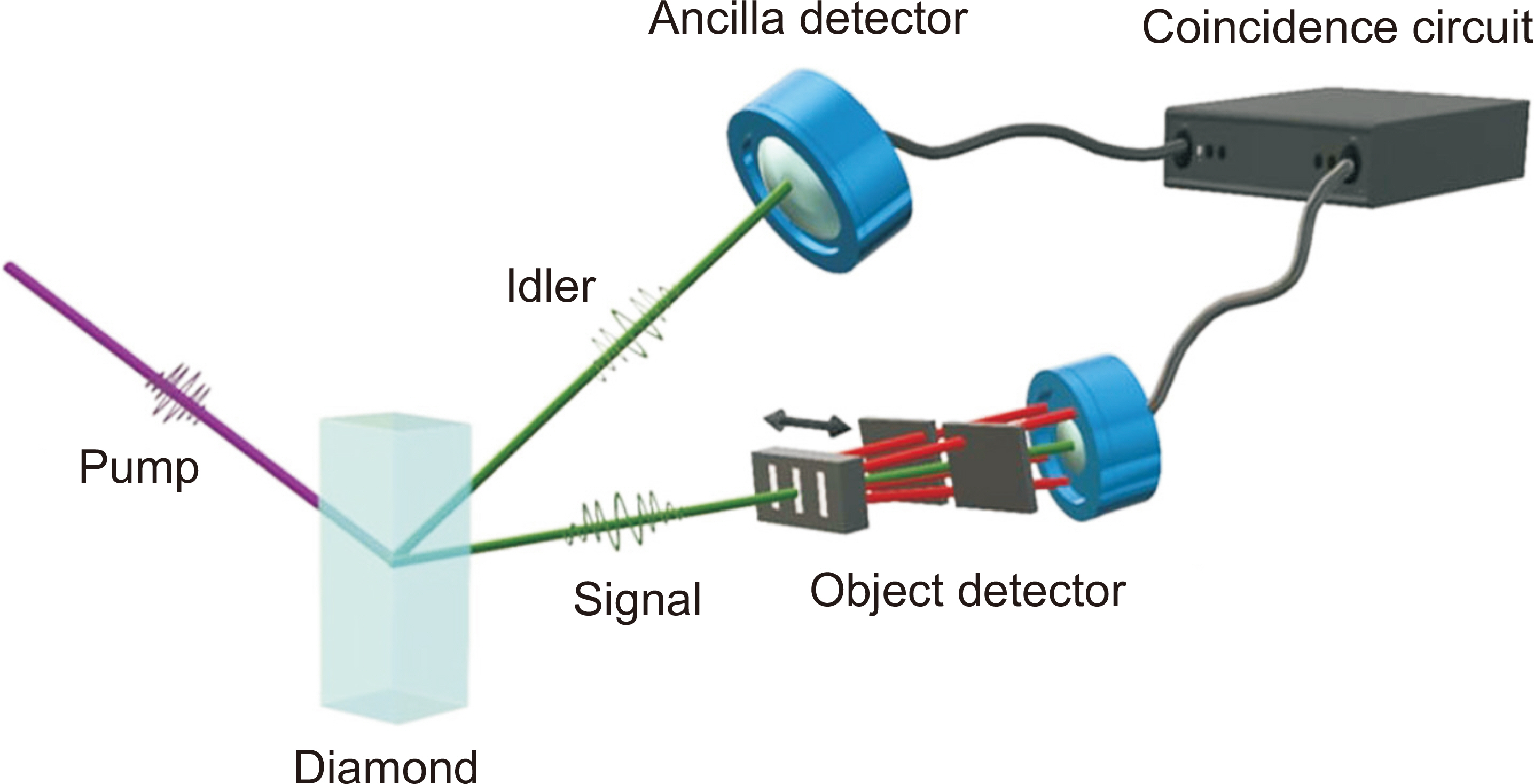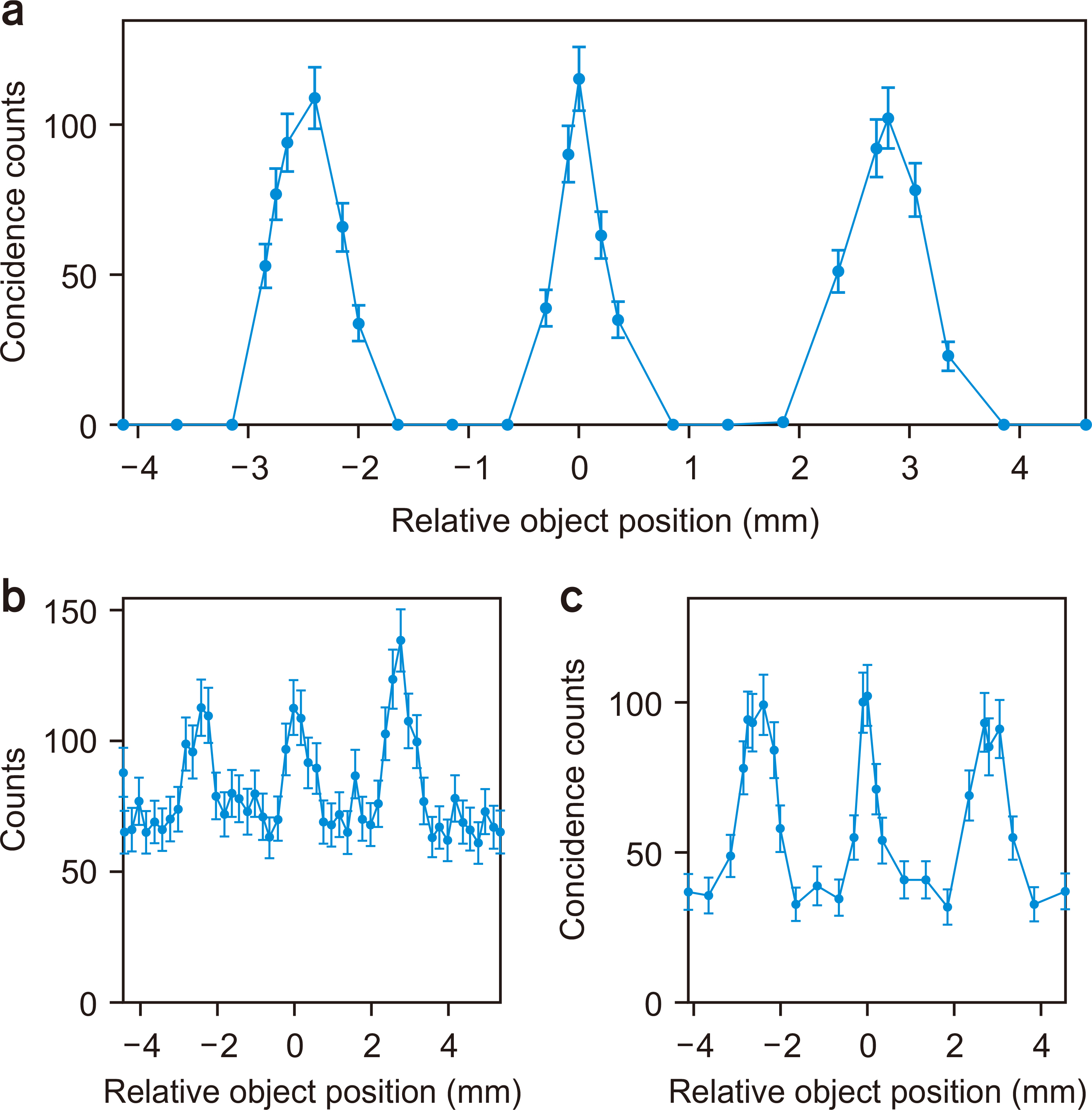Prog Med Phys.
2022 Jun;33(2):11-24. 10.14316/pmp.2022.33.2.11.
Halide Perovskites for X‑ray Detection: The Future of Diagnostic Imaging
- Affiliations
-
- 1Division of Advanced Materials, Korea Research Institute of Chemical Technology, Daejeon, Korea
- 2TOPnC Co., Ltd., Hwaseong, Korea
- 3Physics Department, Division of Liberal Arts and Sciences, Hanil University & Presbyterian Theological Seminary, Wanju, Korea
- KMID: 2531776
- DOI: http://doi.org/10.14316/pmp.2022.33.2.11
Abstract
- X-ray detection has widely been applied in medical diagnostics, security screening, nondestructive testing in the industry, etc. Medical X-ray imaging procedures require digital flat detectors operating with low doses to reduce radiation health risks. Recently, metal halide perovskites (MHPs) have shown great potential in high-performance X-ray detection because of their attractive properties, such as strong X-ray absorption, high mobility–lifetime product, tunable bandgap, lowtemperature fabrication, near-unity photoluminescence quantum yields, and fast photoresponse. In this paper, we review and introduce the development status of new perovskite X-ray detectors and imaging, which have emerged as a new promising high-sensitivity X-ray detection technology. We discuss the latest progress and future perspective of MHP-based X-ray detection in medical imaging. Finally, we compare the conventional detection methods with quantum-enhanced detection, pointing out the challenges and perspectives for future research directions toward perovskite-based X-ray applications.
Keyword
Figure
Reference
-
References
1. Glushkova A, Andričević P, Smajda R, Náfrádi B, Kollár M, Djokić V, et al. 2021; Ultrasensitive 3D aerosol-jet-printed perovskite X-ray photodetector. ACS Nano. 15:4077–4084. DOI: 10.1021/acsnano.0c07993. PMID: 33596064.
Article2. Li W, Xu Y, Peng J, Li R, Song J, Huang H, et al. 2021; Evaporated perovskite thick junctions for X-ray detection. ACS Appl Mater Interfaces. 13:2971–2978. DOI: 10.1021/acsami.0c20973. PMID: 33399446.
Article3. Zhou Y, Chen J, Bakr OM, Mohammed OF. 2021; Metal halide perovskites for X-ray imaging scintillators and detectors. ACS Energy Lett. 6:739–768. DOI: 10.1021/acsenergylett.0c02430.
Article4. Gill HS, Elshahat B, Kokil A, Li L, Mosurkal R, Zygmanski P, et al. 2018; Flexible perovskite based X-ray detectors for dose monitoring in medical imaging applications. Phys Med. 5:20–23. DOI: 10.1016/j.phmed.2018.04.001.
Article5. Tsai H, Liu F, Shrestha S, Fernando K, Tretiak S, Scott B, et al. 2020; A sensitive and robust thin-film x-ray detector using 2D layered perovskite diodes. Sci Adv. 6:eaay0815. DOI: 10.1126/sciadv.aay0815. PMID: 32300647. PMCID: PMC7148088.
Article6. Zhang H, Wang F, Lu Y, Sun Q, Xu Y, Zhang BB, et al. 2020; High-sensitivity X-ray detectors based on solution-grown caesium lead bromide single crystals. J Mater Chem C. 8:1248–1256. DOI: 10.1039/C9TC05490A.
Article7. Zhang BB, Liu X, Xiao B, Hafsia AB, Gao K, Xu Y, et al. 2020; High-performance X-ray detection based on one-dimensional inorganic halide perovskite CsPbI3. J Phys Chem Lett. 11:432–437. DOI: 10.1021/acs.jpclett.9b03523. PMID: 31885274.
Article8. Geng X, Zhang H, Ren J, He P, Zhang P, Feng Q, et al. 2021; High-performance single crystal CH3NH3PbI3 perovskite x-ray detector. Appl Phys Lett. 118:063506. DOI: 10.1063/5.0040653.
Article9. Birowosuto MD, Cortecchia D, Drozdowski W, Brylew K, Lachmanski W, Bruno A, et al. 2016; X-ray scintillation in lead halide perovskite crystals. Sci Rep. 6:37254. DOI: 10.1038/srep37254. PMID: 27849019. PMCID: PMC5111063.
Article10. Wu H, Ge Y, Niu G, Tang J. 2021; Metal halide perovskites for X-ray detection and imaging. Matter. 4:144–163. DOI: 10.1016/j.matt.2020.11.015.
Article11. Sofer S, Strizhevsky E, Schori A, Tamasaku K, Shwartz S. 2019; Quantum enhanced X-ray detection. Phys Rev X. 9:031033. DOI: 10.1103/PhysRevX.9.031033.
Article12. Cowen AR, Kengyelics SM, Davies AG. 2008; Solid-state, flat-panel, digital radiography detectors and their physical imaging characteristics. Clin Radiol. 63:487–498. DOI: 10.1016/j.crad.2007.10.014. PMID: 18374710.
Article13. Wei H, Huang J. 2019; Halide lead perovskites for ionizing radiation detection. Nat Commun. 10:1066. DOI: 10.1038/s41467-019-08981-w. PMID: 30842411. PMCID: PMC6403296.
Article14. Chen Y, Zhang L, Zhang Y, Gao H, Yan H. 2018; Large-area perovskite solar cells- a review of recent progress and issues. RSC Adv. 8:10489–10508. DOI: 10.1039/C8RA00384J. PMID: 35540458. PMCID: PMC9078911.
Article15. Kim YC, Kim KH, Son DY, Jeong DN, Seo JY, Choi YS, et al. 2017; Printable organometallic perovskite enables large-area, low-dose X-ray imaging. Nature. 550:87–91. DOI: 10.1038/nature24032. PMID: 28980632.
Article16. Chen Q, Wu J, Ou X, Huang B, Almutlaq J, Zhumekenov AA, et al. 2018; All-inorganic perovskite nanocrystal scintillators. Nature. 561:88–93. DOI: 10.1038/s41586-018-0451-1. PMID: 30150772.
Article17. Zhou G, Su B, Huang J, Zhang Q, Xia Z. 2020; Broad-band emission in metal halide perovskites: mechanism, materials, and applications. Mater Sci Eng R Rep. 141:100548. DOI: 10.1016/j.mser.2020.100548.
Article18. Li X, Meng C, Huang B, Yang D, Xu X, Zeng H. 2020; All-perovskite integrated X-ray detector with ultrahigh sensitivity. Adv Opt Mater. 8:2000273. DOI: 10.1002/adom.202000273.
Article19. Wei H, Fang Y, Mulligan P, Chuirazzi W, Fang HH, Wang C, et al. 2016; Sensitive X-ray detectors made of methylammonium lead tribromide perovskite single crystals. Nat Photonics. 10:333–339. DOI: 10.1038/nphoton.2016.41.
Article20. Wei W, Zhang Y, Xu Q, Wei H, Fang Y, Wang Q, et al. 2017; Monolithic integration of hybrid perovskite single crystals with heterogenous substrate for highly sensitive X-ray imaging. Nat Photonics. 11:315–321. DOI: 10.1038/nphoton.2017.43.
Article21. Zhu W, Ma W, Su Y, Chen Z, Chen X, Ma Y, et al. 2020; Low-dose real-time X-ray imaging with nontoxic double perovskite scintillators. Light Sci Appl. 9:112. DOI: 10.1038/s41377-020-00353-0. PMID: 32637079. PMCID: PMC7327019.
Article22. Protesescu L, Yakunin S, Bodnarchuk MI, Krieg F, Caputo R, Hendon CH, et al. 2015; Nanocrystals of cesium lead halide perovskites (CsPbX3, X = Cl, Br, and I): novel optoelectronic materials showing bright emission with wide color gamut. Nano Lett. 15:3692–3696. DOI: 10.1021/nl5048779. PMID: 25633588. PMCID: PMC4462997.
Article23. Zhang J, Hodes G, Jin Z, Liu SF. 2019; All-inorganic CsPbX3 perovskite solar cells: progress and prospects. Angew Chem Int Ed Engl. 58:15596–15618. DOI: 10.1002/anie.201901081. PMID: 30861267.24. Lin J, Zhang Q, Wang L, Liu X, Yan W, Wu T, et al. 2014; Atomically precise doping of monomanganese ion into coreless supertetrahedral chalcogenide nanocluster inducing unusual red shift in Mn2+ emission. J Am Chem Soc. 136:4769–4779. DOI: 10.1021/ja501288x. PMID: 24625310.
Article25. Baker S, Brown K, Curtis A, Lutz SS, Howe R, Malone R, et al. 2014. Aug. 17-21. Scintillator efficiency study with MeV x-rays. Paper presented at: Hard X-Ray, Gamma-Ray, and Neutron Detector Physics XVI. San Diego, USA: DOI: 10.1117/12.2064028.26. Yan J, Qiu W, Wu G, Heremans P, Chen H. 2018; Recent progress in 2D/quasi-2D layered metal halide perovskites for solar cells. J Mater Chem A. 6:11063–11077. DOI: 10.1039/C8TA02288G.
Article27. Shibuya K, Koshimizu M, Takeoka Y, Asai K. 2002; Scintillation properties of (C6H13NH3)2PbI4: exciton luminescence of an organic/inorganic multiple quantum well structure compound induced by 2.0 MeV protons. Nucl Instrum Methods Phys Res Sect B. 194:207–212. DOI: 10.1016/S0168-583X(02)00671-7.
Article28. Zhao Y, Qiu Y, Gao H, Feng J, Chen G, Jiang L, et al. 2020; Layered-perovskite nanowires with long-range orientational order for ultrasensitive photodetectors. Adv Mater. 32:e1905298. DOI: 10.1002/adma.201905298. PMID: 31967709.
Article29. Yang H, Fan W, Hills-Kimball K, Chen O, Wang LO. 2019; Introducing manganese-doped lead halide perovskite quantum dots: a simple synthesis illustrating optoelectronic properties of semiconductors. J Chem Educ. 96:2300–2307. DOI: 10.1021/acs.jchemed.8b00735.
Article30. Watson KM, Asbury JB. 2021; Electron transfer going the distance: Mn-doped ZnSe as a model photocatalytic system. J Phys Chem C. 125:25749–25756. DOI: 10.1021/acs.jpcc.1c08298.
Article31. Xu LJ, Lin X, He Q, Worku M, Ma B. 2020; Highly efficient eco-friendly X-ray scintillators based on an organic manganese halide. Nat Commun. 11:4329. DOI: 10.1038/s41467-020-18119-y. PMID: 32859920. PMCID: PMC7455565.
Article32. Xu X, Qian W, Xiao S, Wang J, Zheng S, Yang S. 2020; Halide perovskites: a dark horse for direct X-ray imaging. EcoMat. 2:e12064. DOI: 10.1002/eom2.12064.
Article33. Yu D, Wang P, Cao F, Gu Y, Liu J, Han Z, et al. 2020; Two-dimensional halide perovskite as β-ray scintillator for nuclear radiation monitoring. Nat Commun. 11:3395. DOI: 10.1038/s41467-020-17114-7. PMID: 32636471. PMCID: PMC7341884.
Article34. Caspani L, Xiong C, Eggleton BJ, Bajoni D, Liscidini M, Galli M, et al. 2017; Integrated sources of photon quantum states based on nonlinear optics. Light Sci Appl. 6:e17100. DOI: 10.1038/lsa.2017.100. PMID: 30167217. PMCID: PMC6062040.
Article35. Tai Q, You P, Sang H, Liu Z, Hu C, Chan HL, et al. 2016; Efficient and stable perovskite solar cells prepared in ambient air irrespective of the humidity. Nat Commun. 7:11105. DOI: 10.1038/ncomms11105. PMID: 27033249. PMCID: PMC4821988.
Article36. Pacella D. 2015; Energy-resolved X-ray detectors: the future of diagnostic imaging. Rep Med Imaging. 8:1–13. DOI: 10.2147/RMI.S50045.
Article
- Full Text Links
- Actions
-
Cited
- CITED
-
- Close
- Share
- Similar articles
-
- Experimental Reproduction of Polymorphous Light Eruption: By Potent UVA Irradiating Instrument , Metal Halide Mercury Lamp
- Gamma-ray Detectors for Nuclear Medical Imaging Instruments
- Assessment of Myocardial Ischemia Using Stress Perfusion Cardiovascular Magnetic Resonance
- Structural MR Imaging in the Diagnosis of Alzheimer's Disease and Other Neurodegenerative Dementia: Current Imaging Approach and Future Perspectives
- Deep Learning for Cancer Screening in Medical Imaging

